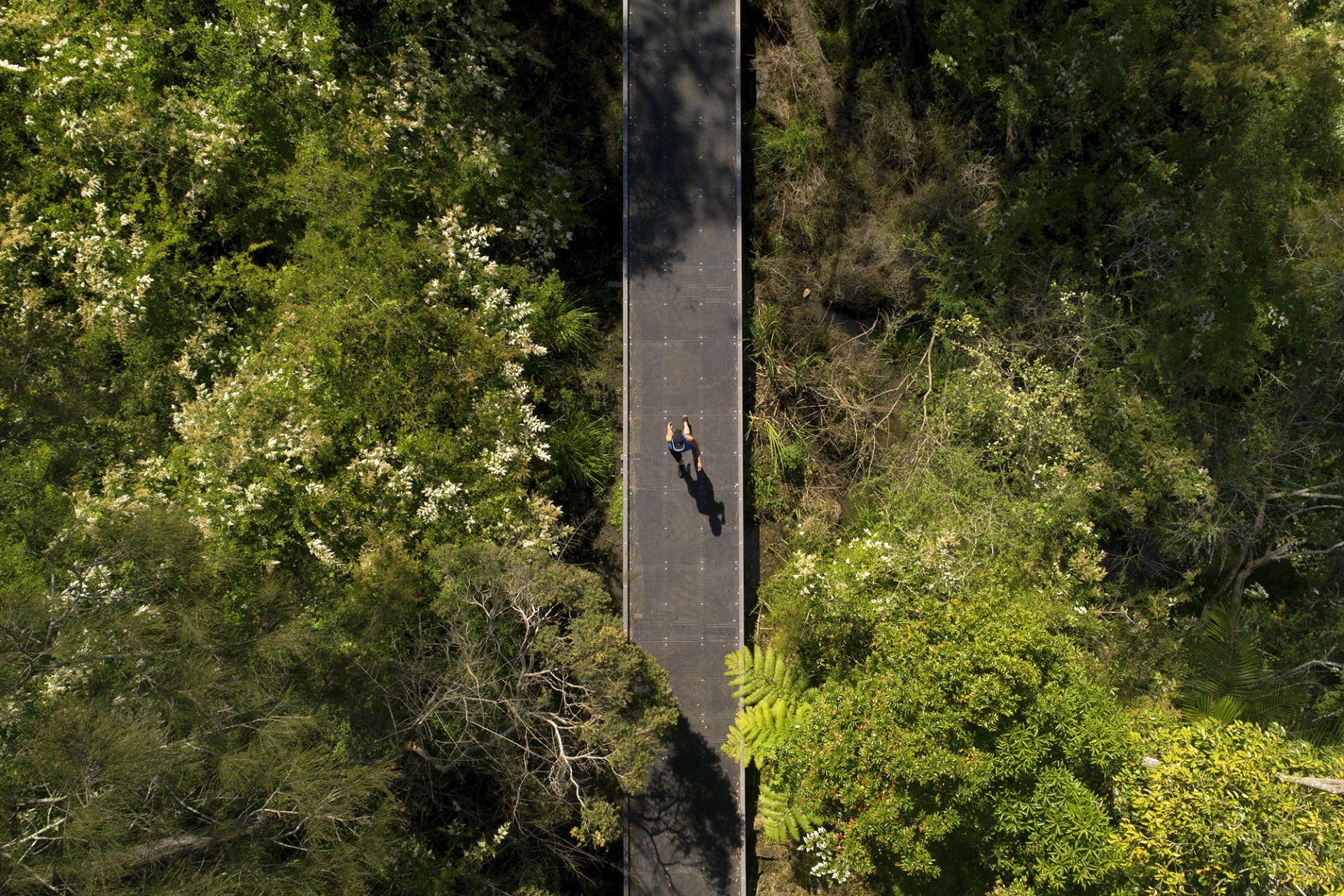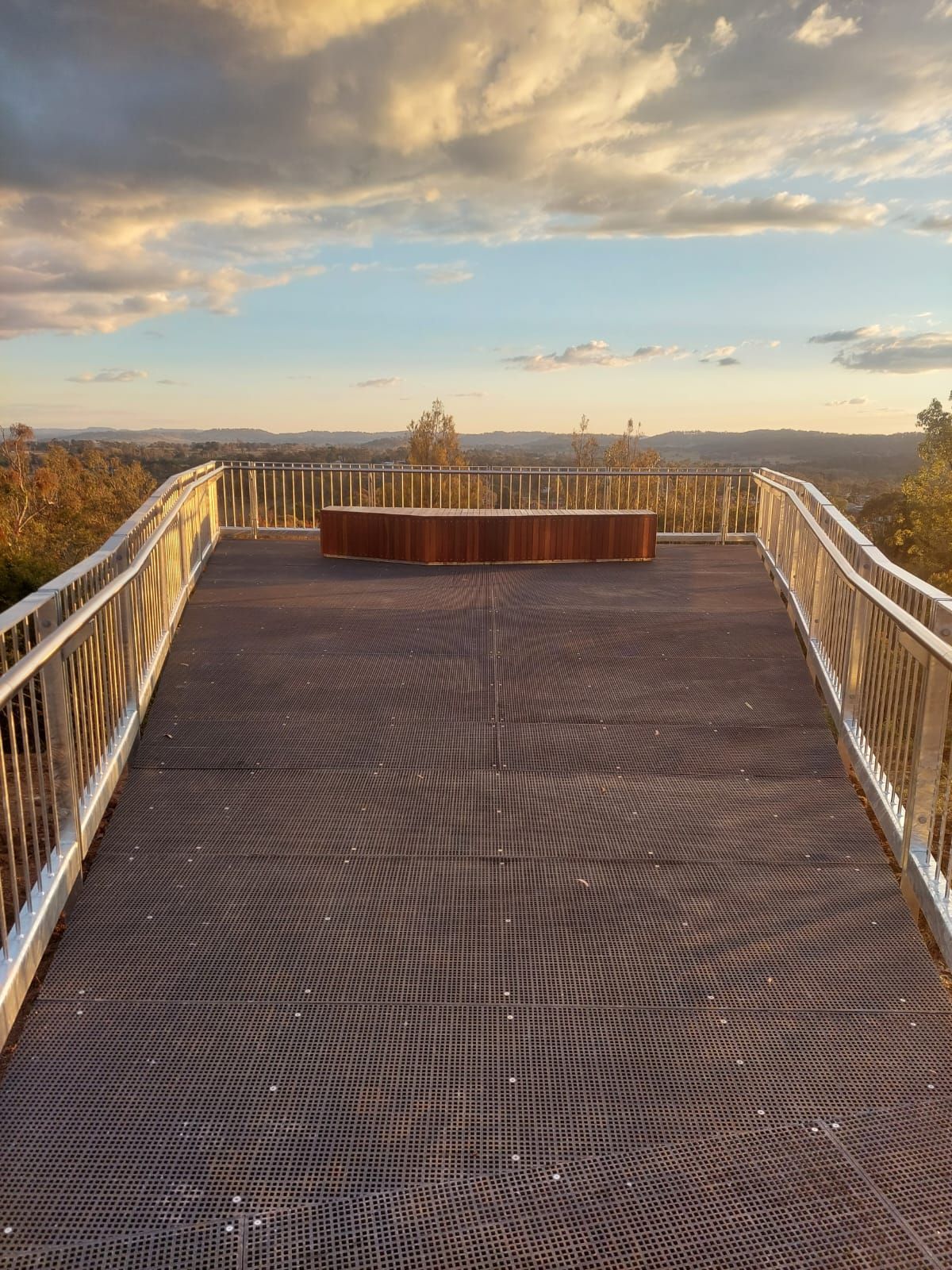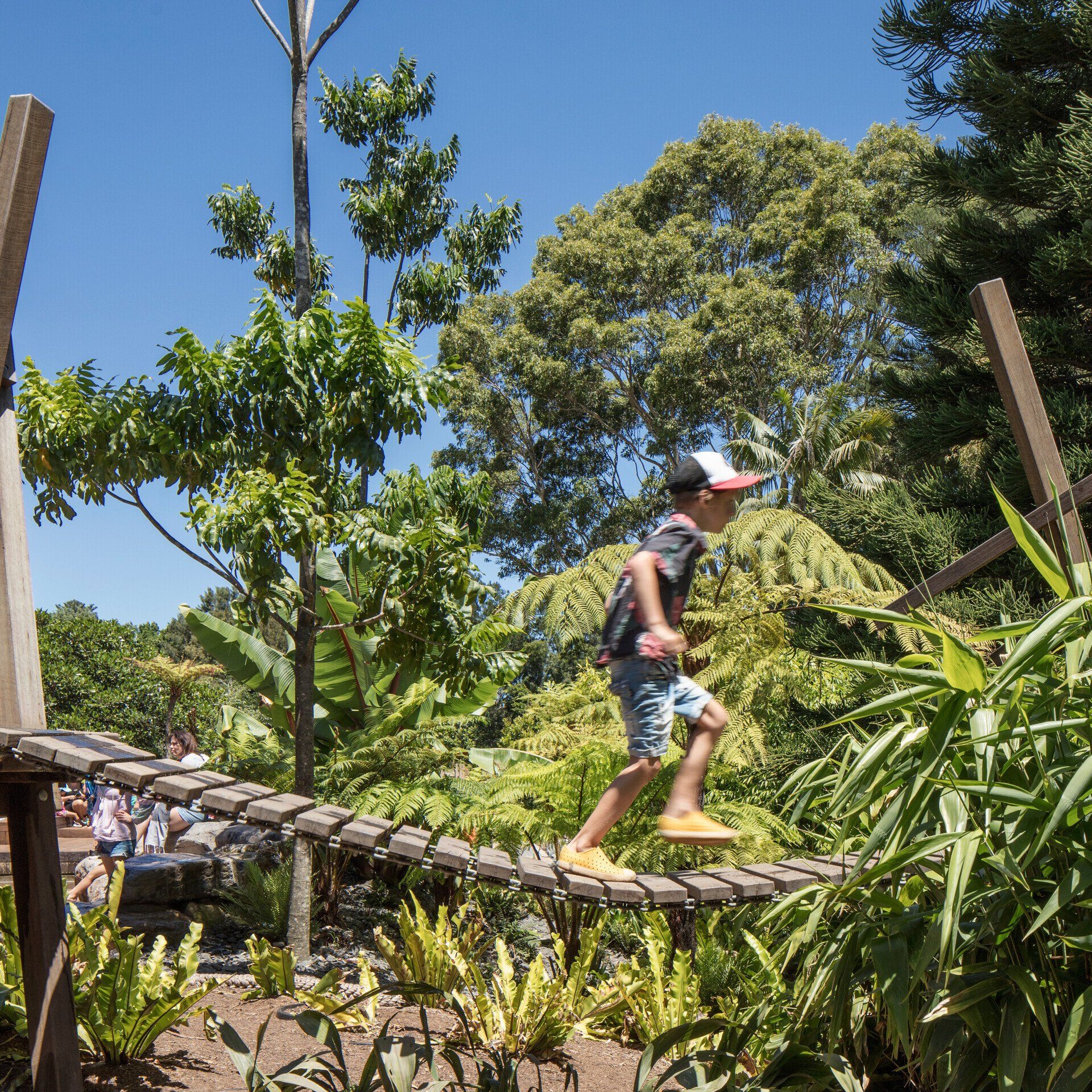Why timber is the world's most sustainable building material
Everyone’s talking about sustainability. Everyone knows it’s important. But, as an industry, what are we actually doing about it?
It’s a big question and one we’ve spent a lot of time thinking about at Fleetwood as we seek to minimise the impact of everything we design and deliver. One of the answers is something we’ve long been passionate about – working with sustainably-grown hardwood timber wherever possible, while also reducing our reliance on plastics, steel and concrete which have considerably bigger environmental footprints.

Why wood works for Australian communities.
Australians have never been more climate conscious. With communities scrutinising the choices made by their elected representatives at every level of government, the sustainability benefits of timber-based public structures are becoming hard to ignore.
Natural, versatile, local and abundant, responsibly-grown Australian timber is one of the most sustainable building materials there is. Unlike plastics, concrete, composites and metals, it’s a highly renewable resource with low embodied energy and the ability to store up to half its weight in carbon. Many natural timber structures can also be readily recycled and put to new use through dismantling and deconstruction – so even when one design life is over, another begins.
While the idea of cutting down more trees to help protect the environment may seem a little counter-intuitive, the exact opposite is true. In a 2021 interview Planet Ark’s David Rowlinson explained that growing trees absorb more carbon from the atmosphere, so it makes complete environmental sense to harvest mature trees and then replant them in sustainably-managed ways. “Trees are a bit like us,” Rowlinson said. “They become old and less efficient and decay and stop absorbing CO2 as efficiently.”

The world is waking up to timber.
It isn’t just us, mind you. The popularity of timber is experiencing a renaissance in virtually every corner of the globe. Just last year, the New Zealand Government introduced a ‘timber first’ policy for new construction.
Leading architects and developers are also returning to timber in rapidly-growing numbers, and enjoying major benefits by doing so. For starters, timber is lighter and far less energy intensive to machine, transport and install than traditional steel or concrete. This directly contributes to more sustainable, and increasingly more economical, project outcomes. Everyone wins.
Timber innovation is growing.
Combined with rapid advancements in coating technology and engineering techniques, sustainably-sourced timber is now being used in exciting and highly innovative ways. Tech giant Microsoft has recently been upgrading its sweeping 200,000sqm campus in northern California, creating the largest mass timber project in North America. While another wonderful example is much closer to home, the Atlassian HQ Tower set to be built adjacent to Central Station in the Sydney CBD.
Challenging decades-old preconceptions about design life, strength and durability, the award-winning Atlassian structure is a beacon for sustainable building practices. When completed in 2026, the 40-storey tower will be the world’s tallest hybrid timber structure, supported by a revolutionary core using carbon sequestering mass-timber construction. Yes, it looks amazing. But, far more importantly,
the process will significantly reduce the amounts of concrete and steel required, delivering a remarkable 50% saving on embodied carbon and energy compared to conventional towers of similar size – a huge win for the planet.

Ready to talk timber?
You don’t need to build a 40-storey sky scraper to enjoy the compelling sustainability benefits of timber. We’re very pleased to say most benefits translate just as well to structures like the custom-designed bridges, boardwalks, playgrounds and shade shelters we deliver for our clients every year at Fleetwood.
If you’re interested in exploring the possibilities for using hardwood timber on your next project, please call us today on
1300 989 100.
References:
- Timber Queensland, Benefits of timber Fact sheet. Accessed March 2022 http://www.timberqueensland.com.au/Docs/Benefits%20of%20Timber/Fact%20Sheets/Factsheet_01.pdf
- Making Concrete Change: Innovation in low carbon cement and concrete. Chatham House. Accessed March 2022 https://www.chathamhouse.org/2018/06/making-concrete-change-innovation-low-carbon-cement-and-concrete
- Timber Queensland, Benefits of timber Fact sheet. Accessed March 2022
http://www.timberqueensland.com.au/Docs/Benefits%20of%20Timber/Fact%20Sheets/Factsheet_01.pdf
More from Fleetwood Files.

Explore
Certifications
Environmental Management : ISO14001
Quality Management : ISO 9001
OHS Management : ISO 45001
All Rights Reserved | Fleetwood Urban | Privacy Policy




